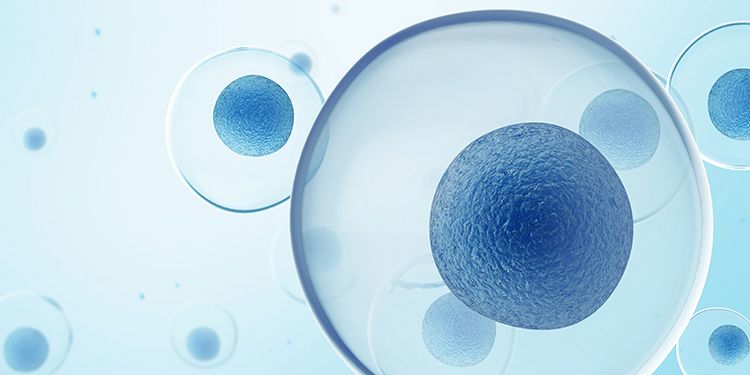
Wound healing is a complex process that involves different stages, including inflammation, cell growth, tissue remodeling, and the formation of extracellular matrix. The regeneration of damaged tissue can be divided into two phases: inflammation and regeneration. The regeneration phase has two stages: proliferation, which creates temporary granulation tissue to restore the damaged area, and remodeling, which replaces the temporary structure with permanent tissue that has the same characteristics as the original tissue.
Each stage of tissue repair is important and connected to the previous one. If there are issues in this process, chronic inflammation or fibrosis can develop, leading to incomplete tissue repair. Unfortunately, the ability of tissues to regenerate declines with age, and wounds in adults may heal with varying degrees of scarring. Sometimes, chronic inflammation can develop, and treatment is required to trigger the subsequent phase of tissue regeneration.
Different conditions can cause non-healing wounds, including neuropathy, chronic infections, and systemic diseases. Treatment for nonhealing wounds requires wound cleansing, managing infections with antibiotics and antiseptics, improving blood circulation, and treating any underlying medical conditions. Despite intensive treatment, chronic wounds may not heal for a long time and may even recur after healing.
Mesenchymal stromal cells (MSCs) are a type of cell that have shown promise for use in regenerative medicine. They have the ability to multiply and move around, and they can turn into different types of cells, such as bone, cartilage, or fat cells. Recent studies have shown that MSCs play a crucial role in regulating the different stages of inflammation and tissue regeneration.
During inflammation, MSCs can help control the process and make sure it transitions to the next stage of tissue repair. They do this by releasing chemicals that can affect the immune cells around them. As tissue regeneration starts, MSCs help make new blood vessels and skin cells.
A study, Locally Delivered Umbilical Cord Mesenchymal Stromal Cells Reduce Chronic Inflammation in Long-Term Nonhealing Wounds: A Randomized Study, looked into the potential of stem cell therapy to decrease inflammation and improve wound healing.

Results of the Study
The study was conducted to investigate the safety and effectiveness of using human umbilical cord mesenchymal stromal cells (UCMSCs) to treat patients with long-term non-healing wounds. 108 patients with chronic wounds were enrolled in the study and were randomly divided into two groups: one group received UCMSC therapy, and the other group received a placebo. All patients received standard treatment for chronic wounds for four weeks before the study.
Patients in the UCMSC therapy group received an additional injection of UCMSCs while those in the placebo group received an injection of normal saline. The patients were evaluated for wound healing progress, pain, and blood flow in the affected area at 2 and 4 weeks after treatment. The patients were then observed for any complications or wound recurrence over the following year.
The healing process was assessed using qualitative granulation tissue assessment, wound area measurement, Doppler ultrasound to measure microvascular blood flow and transcutaneous partial pressure of oxygen measurement. In addition, pain intensity was measured using the numerical rating scale.
Before the study, the wound sizes of patients in both the UCMSC therapy group and the placebo group were comparable. However, after treatment, the wound size in the UCMSC group was significantly smaller than the placebo group. Additionally, the wound healing rate was much faster in the UCMSC group compared to the placebo group.
The study found that after two weeks of UCMSC therapy, there was a significant improvement in the indicators of microcirculation, such as blood perfusion and oxygen pressure in the periwound tissue. The reduction in pain was also more noticeable in the UCMSC group, likely due to the anti-inflammatory properties of the cells.
Four weeks after treatment, complete wound closure or a reduction in wound size for more than 90% of the initial value was achieved in 15.7% of patients. Moderate improvement was seen in 64.8% of patients, while negative or insignificant improvement was observed in 19.4% of patients.
Overall, the study suggests that UCMSC therapy may be an effective treatment option for chronic non-healing wounds, and it may improve microvascular hemodynamics and reduce pain. The collective results from both preclinical and clinical studies have confirmed that using human umbilical cord mesenchymal stromal cells is a secure and efficient method for treating chronic non-healing wounds. The delivery of allogeneic UCMSCs directly to the wound site can promote the process of wound healing and may have potential for application in regenerative medicine.

